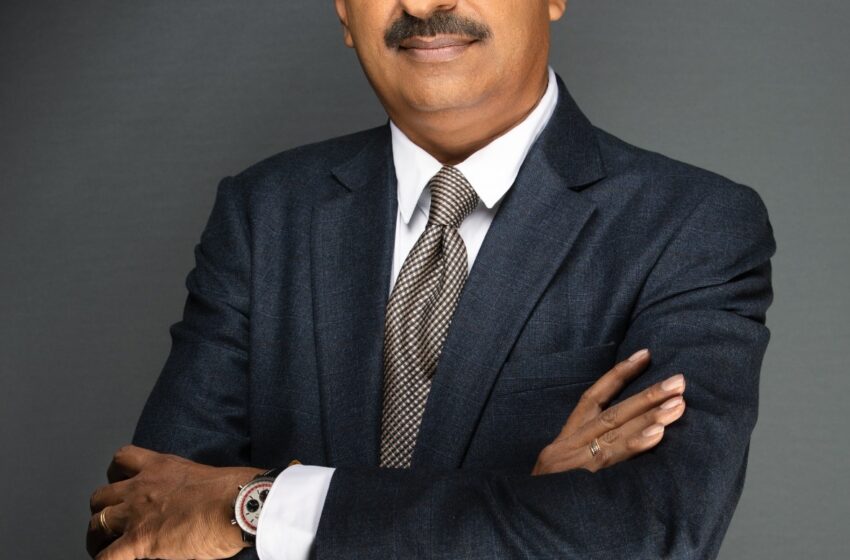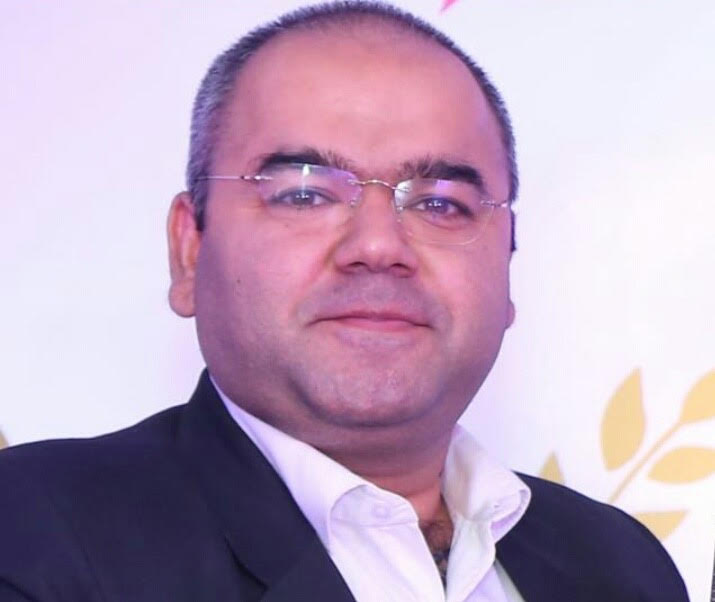Jaideep Mirchandani, the chairman of the global aviation major Sky One, shares insights into the prospects, key trends, and technical innovations that can propel India’s aviation MRO to new heights
According to international management consulting firm Oliver Wyman’s ‘Global Fleet and MRO Market Forecast 2024-2034’, the global aviation fleet will increase by 28 per cent in the next 10 years, expanding from the present 28,400 aircraft to 36,400 by 2034. The report suggests that Asia will steer this growth and India will lead the expansion by adding aircraft at a rate of almost 13 per cent over the next five years.
The fleet expansion and growing demand for air travel in India will also result in higher demand in the maintenance, repair, and overhaul (MRO) sector. As per Deloitte’s ‘MRO in India-Poised to take off’ report, the Indian MRO industry size is expected to increase from USD 1.7 billion in 2021 to USD 4.0 billion by 2031, at a compound annual growth rate (CAGR) of 8.9 per cent against the expected global CAGR of 5.6 per cent. These statistics also indicate the possibility for India to steadily emerge as one of the largest MRO hubs in the region.
These growth prospects will also provide strategic investors, Original Equipment Manufacturers (OEMs), and leading MRO players across the globe with ample investment opportunities in the Indian MRO space. The Government too has come up with various policies to support India’s growth as a major MRO hub.
However, I believe that this will be a long-term process which will begin with joint ventures between Indian and global MRO players. Initially, the focus will be on segments where there’s less stringent control over intellectual property, such as electrical systems, avionics, and repairing the structure of the plane. More complicated and valuable work, such as manufacturing important aircraft parts including landing gears, will come next.
The focus on MRO is intensifying more than ever before in India because it is the ‘heartbeat’ of a successful aviation industry and plays a crucial role in ensuring the safety, efficiency, and longevity of an aircraft. However, it is an ever-evolving sector, the growth of which is impacted by various factors including policy regulations, and environmental sustainability.
The integration of technology also plays a very significant part in MRO services. While predictive analytics can help determine the future health of aircraft components and aid in early maintenance, digitalisation can enhance efficiency and safety, and optimise maintenance schedules. Technologies like the Internet of Things (IoT) can monitor machine conditions and mitigate downtime, improving the overall quality of MRO services and safety markers.
Meanwhile, Augmented Reality (AR) tools allow technicians to interact with digital models of various advanced aircraft and are being used to increase the efficiency of MRO training as well. Further, by leveraging 3D printing or additive manufacturing capabilities, it is now easier to create 3D models of even geometrically complex objects, shapes, and textures. This will help MRO produce complex components and reduce production time and cost.
In every trajectory, there are also inevitable challenges and a survey by Oliver Wyman reveals that labour shortage is a major issue faced by MROs today. One of the reasons for this shortage is the paucity of experienced professionals. Airlines hence will need to invest extensively in training and development programmes to nurture the next-generation of experts. Supply chain disruptions, such as the non-availability of specific parts is also a complex problem. Demand assessment, inventory tracking systems, and building strategic relationships with multiple suppliers can help resolve unexpected spare part shortages to some extent.
In line with the aviation sector’s growing focus on sustainability, MRO providers will also have to continue innovating eco-friendly materials and processes to reduce waste and improve energy efficiency.
In summation, the future of India’s MRO sector demands a collaborative approach, which includes strategic partnerships between policymakers, airlines, leading MRO providers, OEMs, and technology companies. This synergy can help build a robust MRO sector with engine maintenance capabilities that will meet the industry’s technological, sustainable, and operational requirements.






